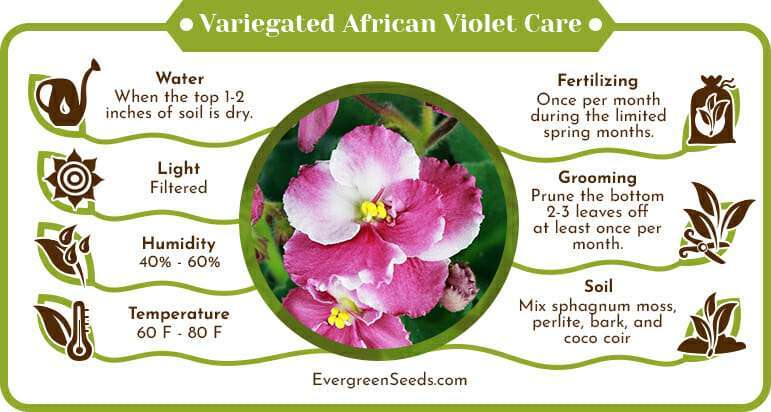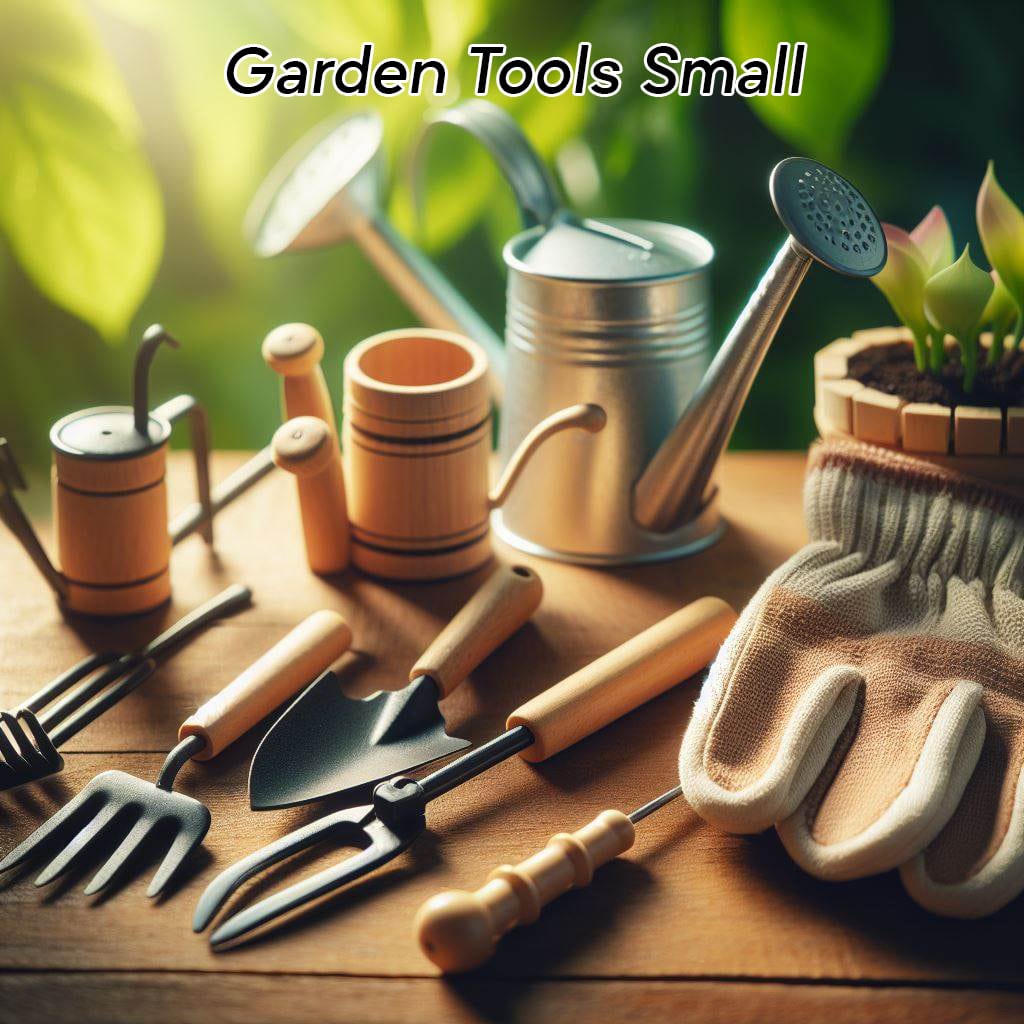How to care for African violets indoors?
African Violets, with their small and unique flowers, bring tranquility and beauty to any home. In English, they are called African violets and belong to the Gesneriaceae family. One of the reasons for the popularity of this flower is its velvety and beautiful leaves. African Violets are native to East Africa and Tanzania.
There are three types of African violets. The first type is called Miniature African violet, which has a width of about 20 centimeters. The second type is called Standard African violet, which has a width of about 22 to 28 centimeters. The third type is called Large African violet, which has a width of over 30 centimeters. How to care for African violets have some procedures that we will discuss until the end of this article, so you should know the conditions that can affect the African violets.
| Species | Light Requirements | Temperature Range | Humidity | Watering | Fertilization | Soil |
|---|---|---|---|---|---|---|
| Saintpaulia ionantha | Bright indirect light | 70-80°F (21-27°C) | Moderate to high | Keep soil evenly moist, avoid overwatering | Every 2-4 weeks with balanced fertilizer | Well-draining potting mix |
| Saintpaulia chimensis | Bright indirect light | 65-75°F (18-24°C) | Moderate to high | Keep soil evenly moist, avoid overwatering | Every 2-4 weeks with balanced fertilizer | Well-draining potting mix |
| Saintpaulia confusa | Bright indirect light | 65-75°F (18-24°C) | Moderate to high | Keep soil evenly moist, avoid overwatering | Every 2-4 weeks with balanced fertilizer | Well-draining potting mix |
| Saintpaulia rupicola | Bright indirect light | 65-75°F (18-24°C) | Moderate to high | Keep soil evenly moist, avoid overwatering | Every 2-4 weeks with balanced fertilizer | Well-draining potting mix |
| Saintpaulia velutina | Bright indirect light to | 70-80°F (21-27°C) | Moderate to high | Keep soil evenly moist, avoid overwatering | Every 2-4 weeks with balanced fertilizer | Well-draining potting mix |
| filtered sunlight | ||||||
| Saintpaulia pusilla | Bright indirect light to | 65-75°F (18-24°C) | Moderate to high | Keep soil evenly moist, avoid overwatering | Every 2-4 weeks with balanced fertilizer | Well-draining potting mix |
| filtered sunlight | ||||||
| Saintpaulia parviflora | Bright indirect light | 70-80°F (21-27°C) | Moderate to high | Keep soil evenly moist, avoid overwatering | Every 2-4 weeks with balanced fertilizer | Well-draining potting mix |
| Saintpaulia teitensis | Bright indirect light | 65-75°F (18-24°C) | Moderate to high | Keep soil evenly moist, avoid overwatering | Every 2-4 weeks with balanced fertilizer | Well-draining potting mix |
| Saintpaulia brevipilosa | Bright indirect light to | 65-75°F (18-24°C) | Moderate to high | Keep soil evenly moist, avoid overwatering | Every 2-4 weeks with balanced fertilizer | Well-draining potting mix |
| filtered sunlight |
What should Pay attention in order to care for African violets indoors?
- Artificial Light
Contrary to many plants, African violets can thrive even under artificial light and are highly adaptable to different lighting conditions.
[blockquote author=”Smithsonian Institution” link=”https://gardens.si.edu/learn/educational-resources/plant-care-sheets/care-of-african-violets/” target=”_blank”]The general rule is to supply plants with 10-12 hours of strong light each day.[/blockquote]
- Popularity Reasons
African violets are popular among indoor plant enthusiasts due to their beautiful and diverse flower forms, velvety leaves, affordable prices, and relatively easy care requirements.
- Curled Leaves
African violets have curled leaves, which can accumulate more dust compared to other plants. These impurities can reduce the amount of light the plant receives, so it’s important to gently clean the leaves regularly using a soft brush.

- Avoid Watering the Leaves
Due to the nature of its leaves and the presence of trichomes, African violets are sensitive to getting wet. If the leaves get repeatedly wet, it can lead to the plant’s demise. It’s important to be cautious and avoid wetting the leaves while watering.
- Ideal Pot Type
The best type of pot for African violets is a plastic pot. Clay or ceramic pots tend to accumulate salts and can cause damage to the sensitive roots of the plant when exposed to cold temperatures.
- Pruning African Violets
These plants do not require specific pruning. When the African violet flowers dry out, they can be removed from the plant to allow it to redirect its energy toward the development of new blooms. Additionally, remove any wilted or dried leaves from the plant.
- White Mold (Powdery Mildew)
One of the main reasons for the decline of African violets is powdery mildew, which is commonly caused by cold air. During cold nights, it’s advisable to keep African violets away from windows to prevent exposure to cold air.
Toxicity of African Violets for Care African Violets Indoor?
African violets are non-toxic plants and are safe for children and pets. However, due to the plant’s delicate leaves, it’s best to keep them out of the reach of children to prevent any potential damage.
 The ideal pot size for an African violet is one-third the diameter of the plant’s foliage. This allows the leaves to extend beyond the pot, and the tips of the leaves will not come into direct contact with the moist soil. If you use a pot larger than the plant’s foliage, the plant will focus its attention on root development, which can hinder flowering.
The ideal pot size for an African violet is one-third the diameter of the plant’s foliage. This allows the leaves to extend beyond the pot, and the tips of the leaves will not come into direct contact with the moist soil. If you use a pot larger than the plant’s foliage, the plant will focus its attention on root development, which can hinder flowering.
Conditions for African Violet Care
African Violet is one of the most diverse houseplants. The variety of its leaves, flower shapes, and colors make each plant unique and exceptionally beautiful. African Violets belong to the group of plants that require suitable conditions for regular blooming. Regular watering, proper lighting conditions, and using an appropriate pot are among the factors contributing to successful care for this delicate and sensitive plant. If you wish to keep this lovely plant in your home, don’t miss the rest of the article.
-
Watering for African Violet
African Violets prefer relatively moist soil, but it’s important to avoid overwatering. Allow the soil to dry slightly before watering again. There are two methods for watering this plant: bottom watering and top watering.
Bottom Watering
This method is very simple. Just fill the saucer or a tray with some water and place the pot in it for about 30 to 40 minutes. This allows the water to be absorbed by the soil from the bottom, ensuring that the soil surface becomes moist. The advantage of bottom watering is that the leaves of the plant won’t get wet.
Top Watering
If you prefer to water the plant from the top like other plants, gently lift the violet leaves and slowly pour water around the pot without wetting the leaves. The advantage of top watering is that it prevents salt and mineral buildup on the soil surface.
Avoid Watering on Leaves
One of the most important tips for African Violet care is to be cautious when watering the plant, especially during top watering. Avoid pouring water droplets on the leaves of African Violets as it can lead to fungal issues and damage the leaves.
Cold Water Shock
African Violets are sensitive to cold water and can go into shock. If the flowers are drooping or there are spots on the leaves, it may be due to watering with cold water. Water the plant with lukewarm water to prevent shock.
-
Light Requirements for African Violet
Every plant requires light for the process of photosynthesis. African Violets can tolerate relatively low light conditions, but it’s important to provide sufficient light for regular blooming.
for more information read How do I get my African Violet to bloom again?
 East-Facing Window
East-Facing Window
Filtered morning light from an east-facing window is one of the best light conditions you can provide for your African Violets. The gentle morning sunlight is beneficial, and it’s recommended for many plants.
South-Facing Window
The brightest window in a house is a south-facing window that receives about 3 to 4 hours of light. You can place your violets behind a south-facing window during the winter when sunlight is less intense. If you plan to keep the plant behind this window in spring and summer as well, it’s better to position it at some distance from the window.
It’s important to find the right balance of light for your African Violets. If they receive too little light, they may not bloom well, and if they receive too much direct sunlight, their leaves can become scorched. Observing how the plant responds to the available light and making adjustments accordingly will help you find the optimal light conditions for your African Violets.
African Violets can thrive under artificial light and show good responses to it. Many people believe that this plant is well adapted to artificial lighting. White fluorescent lamps are considered the best choice for African Violets.
Proper Light Intensity
To determine if the light is sufficient for your plant, observe its leaves. If the leaves are leaning upward excessively and elongated, and if the leaf color becomes dark green and the blooming is weak, the plant is likely receiving insufficient light. On the other hand, if the leaves are pale and yellowish, it may indicate excessive light. Leaf burn spots are a sign of excessive light intensity.
-
Temperature and Humidity for African Violet
African Violets thrive better when the nights are warmer and days are cooler. A temperature of around 25 degrees Celsius promotes abundant blooming and proper growth, although it may cause the petals to become smaller and faded compared to their original size.
[blockquote author=”The University of Georgia” link=”https://extension.uga.edu/publications/detail.html?number=C660&title=growing-african-violets” target=”_blank”]The most successful plants are grown in a higher humidity.[/blockquote]
Ideal Temperature for African Violet
The optimal temperature range for growing and caring for African Violets indoors is between 18 and 26 degrees Celsius.
Relation of White Powdery Mildew with Temperature
One of the main pests and problems for African Violets is a fungus called powdery mildew, which appears as a white powdery coating on the leaves. The occurrence of powdery mildew increases when the temperature goes below 18 degrees Celsius.
Required Humidity
If the surrounding air of the African Violet is dry and lacks humidity, it can lead to the loss of its blossoms as they dry out. The best way to provide humidity is by placing a container filled with water near the plant. As the water evaporates from the container, it increases the moisture in the air surrounding the plant.
Feeding African Violet
Like any flowering plant, African Violets also require regular feeding to promote the formation of new buds and flowers. Special fertilizers formulated for African Violets are available for purchase in nurseries and flower shops, and you can use them for your plant.
In order to know how many years this nice flower lives, Read How long Does African Violet live?
this infographic is taken from Ever Green seeds.
Promoting Better Growth in African Violet
If your plant is young and hasn’t bloomed yet, you can use fertilizers with higher amounts of nitrogen to promote vigorous growth and encourage faster blooming.
Promoting Better Flowering in African Violet
If your plant has reached the flowering stage and you want to enhance its blooming, you can use fertilizers with higher amounts of phosphorus and potassium. A fertilizer with a ratio of 14-12-36 is suitable for this purpose as it has a high phosphorus content.
- Fertilizer Dosage for African Violet
Many people, due to a misconception, tend to over-fertilize their plants in the hope of achieving better results, but this is a mistake. Make sure to read the instructions on the fertilizer box and apply the recommended dosage to your plant.
- Best Time for Feeding
Remember not to fertilize any plant when it is thirsty and its soil is dry, as it can damage the roots. The best time for fertilizing is when the potting soil is moist.
Conclusion
In this article, Apartment Flowers discussed how to care for African Violets and we share with you all of our thoughts. These are all the points that we need to care for African Violet indoors.












1 comment on “How to care for African violets indoors?”